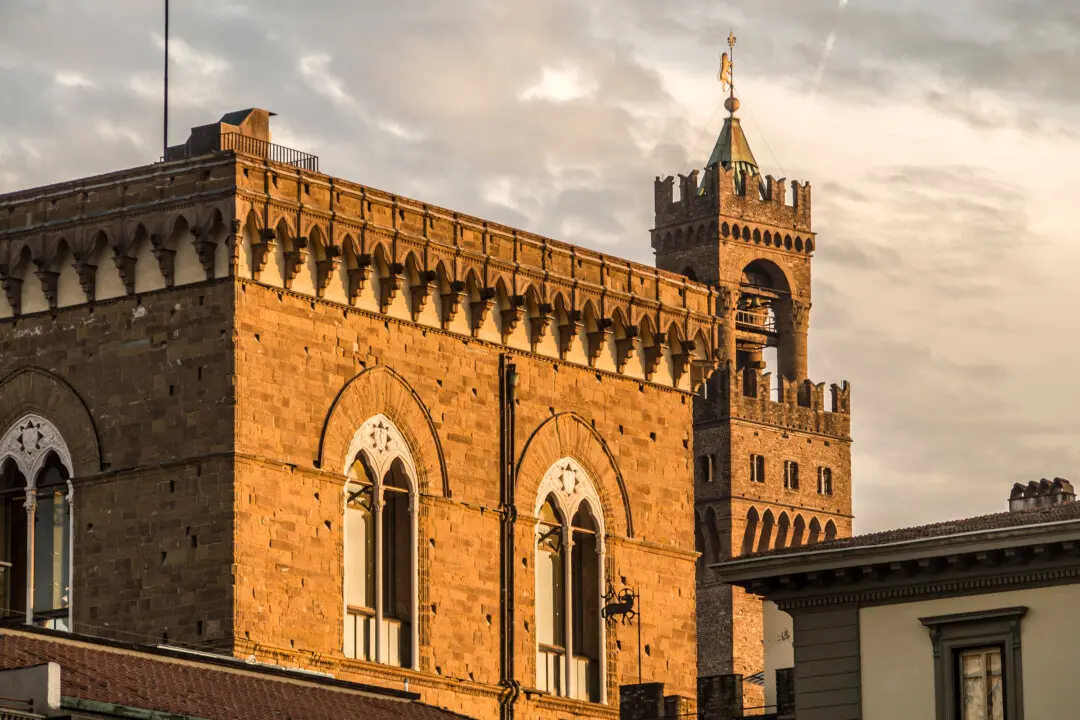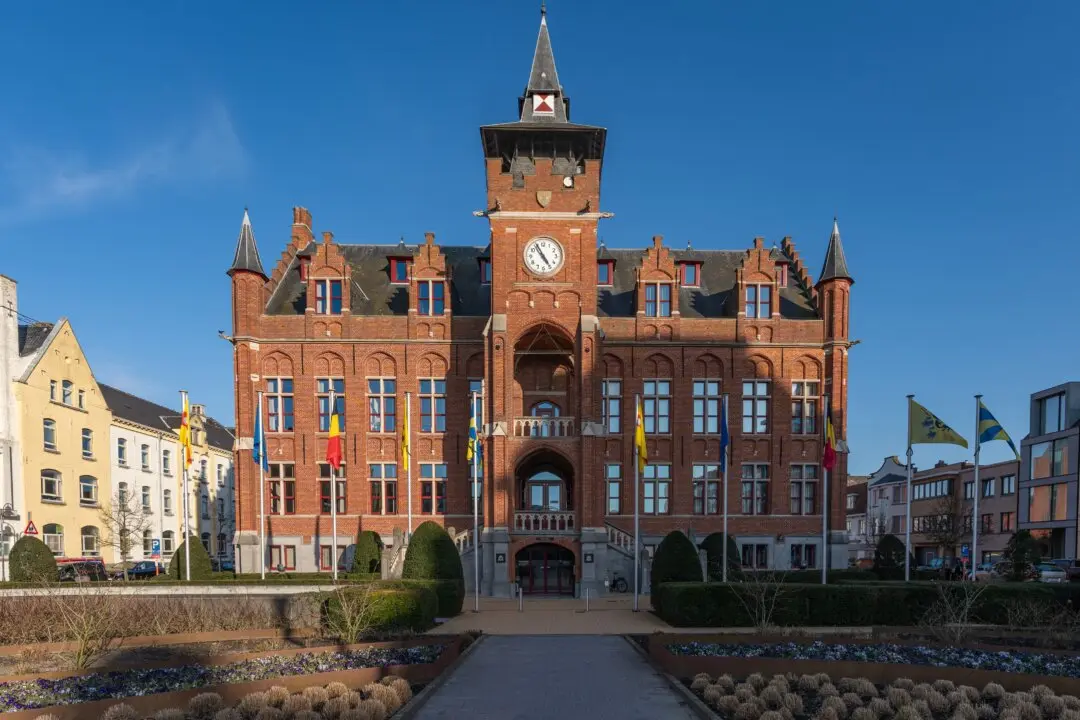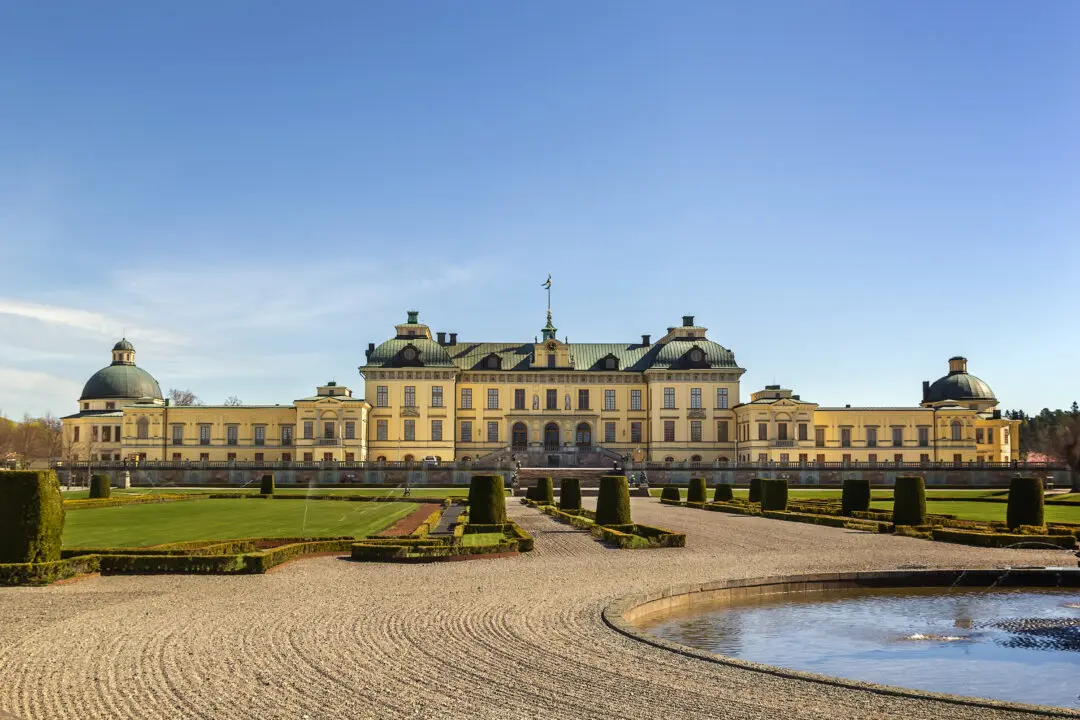In 1582, three members of the Carracci family—Agostino, Annibale, and Ludovico—founded the first major art academy emphasizing life drawing. Motivated by their desire to reverse the negative influence Mannerism had on art, the Accademia degli Incamminati (Academy of Those who are Making Progress) aimed to recover the classical traditions with a renewed study of nature. The Carracci re-instituted drawing objects from life and sought inspiration from natural forms rather than copying previous master’s artworks.
The Carracci didn’t know that their initiative would surpass their modest goals. What began as an institution to share their fresh approach to painting, eventually reversed the slump Italian art had fallen into, laid the foundations for Baroque aesthetics, and became the model for subsequent art schools throughout Europe.





